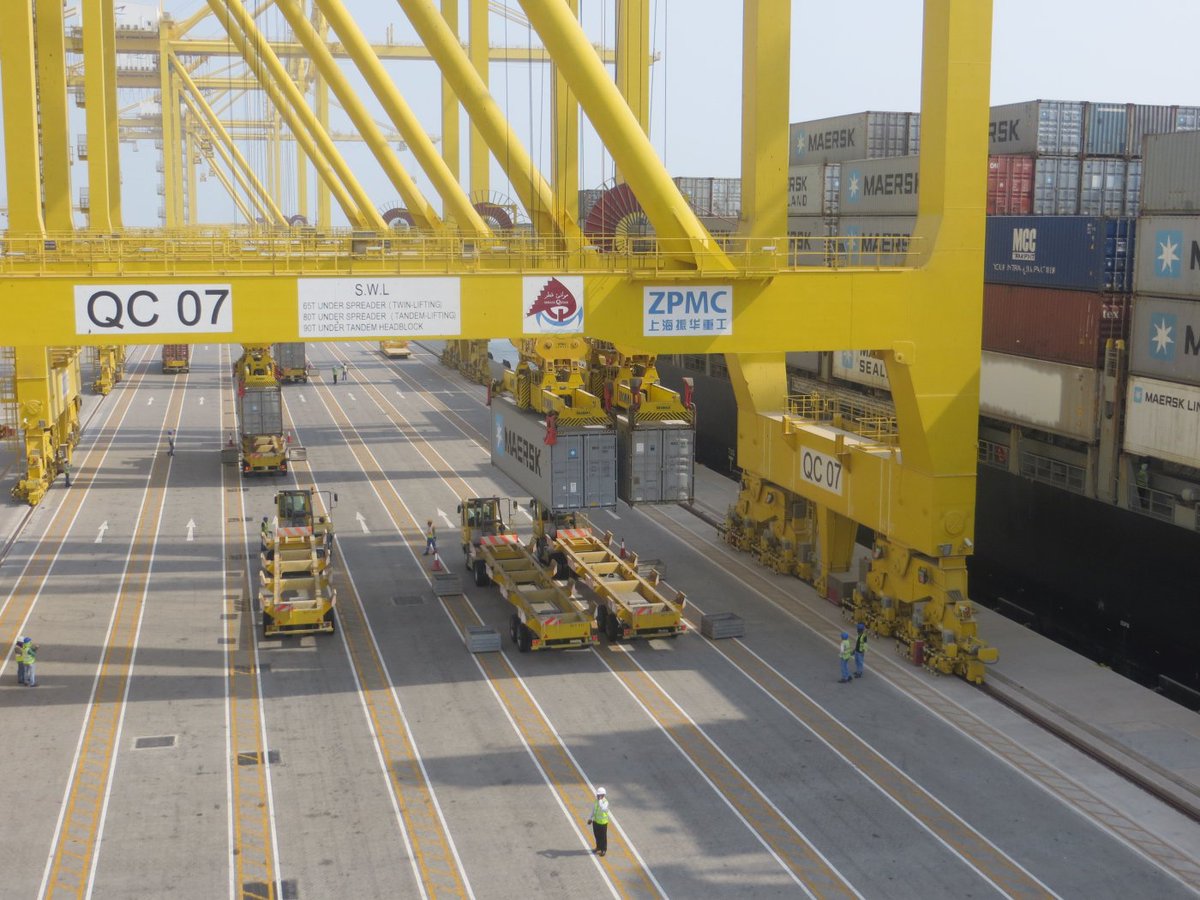
Doha: Qatar’s rise as a transshipment hub of the region has been confirmed yet again. Qatari ports reported an 11 percent growth in container transshipment volume in February 2022 compared to the previous month, showing that the country, especially due to Hamad Port, is fast becoming a regional trade hub.
The growth in cargo volumes in Hamad, Ruwais and Doha ports comes at a time when the global maritime sector is facing global supply-chain issues caused by COVID-19 pandemic outbreak.
“Mwani Qatar performance witnessed an increase of 11 percent in transshipment containers in February 2022 compared to last month. The three ports handled over 113,000 twenty-foot equivalent units (TEUs) during February in addition to more than 125,000 tonnes of general cargo and up to 46600 tonnes of building materials,” Mwani tweeted yesterday.
According to figures released by Mwani, 113,957 TEUs; 125,341 tonnes of general cargo; 4992 RORO units; 16,900 livestock heads; and 46,635 tonnes of building materials were handled at three ports of the country in February 2022. Hamad Port, Ruwais Port and Doha Port handled 213 vessels.
Separately, according to figures released by QTerminlas, 112,017 TEUs; 111,136 tonnes of breakbulk cargo; 4917 RORO units; and 10,000 tonnes of bulk cargo were handled at Hamad Port in February 2022 while 106 vessels called at the port in the last month.
Hamad Port’s strategic geographical location offers opportunities to create cargo movement towards the upper Gulf, supporting countries such as Kuwait and Iraq, and south towards Oman. In support of ongoing efforts to attract other shipping lines to the port, Hamad Port being positioned as a transshipment hub for the upper Gulf and Oman, QTerminlas said on its website.
Also last month, QTerminals started full-scale operations of the first and second phases of Hamad Port Container Terminal 2 (CT2).
The opening of phases 1 and 2 of CT2 increases the port’s total TEU capacity to three million per year, and it is equipped with the latest environmentally friendly, technologically advanced equipment to keep pace with the needs and requirements of the global shipping lines. In addition, CT2 is also focused towards increasing the volume of the intra-regional trade of Qatar and with countries world-wide, as well as improving the country’s competitiveness by turning it into regional business hub.
Over 70% of the materials used in the development of the infrastructure of CT2 were ‘Made in Qatar’ to the very latest specifications.
